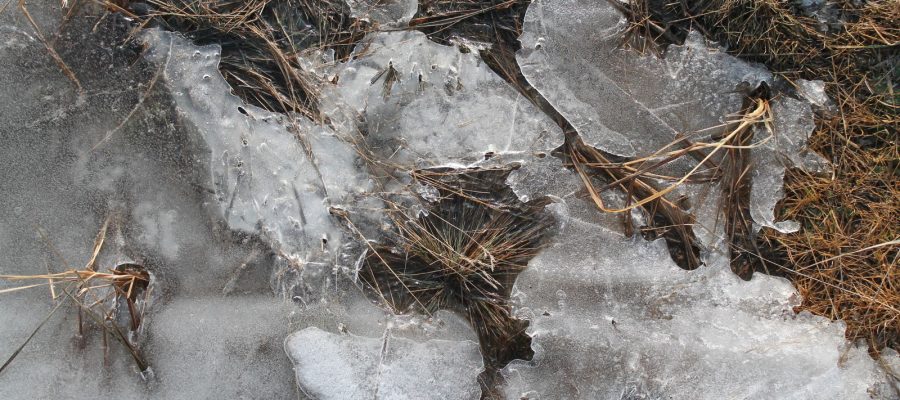As early spring finally gets underway and snow slowly melts, we look forward to spring flowers, lush green lawns and getting outside. Before you step out into the yard to start fertilizing and raking, let’s talk a little about snow mold. Most people have never even HEARD of snow mold, it sounds like some kind of prank. Still, snow mold is as genuine as it comes. Here’s what you need to know on this topic!
Snow mold comes in two varieties: gray and pinkish. While they differ in type of fungi that they originate from and where they like to be, they both pose the same effect on your lawn.
Gray Mold: (Typhula blight)
- Can survive hot temperatures
- Lives in soil or plant debris
- Activity halted at about 45º
Pink Mold (Fusarium Patch)
- Thrives in temperatures between 32 -60 º
- Lives as a spore as well as plant debris
The symptoms of this type of mold are well distinguished, however, may be overlooked due to what we think of as normal spring grass. When the snow first starts to melt, small circular patches of straw colored lawn will start to be noticeable. These patches then enlarge and become scaly during the wet and cold that lingers through the start of springtime. As the brownish grass come out of its dormant state and turns green, fungal growth will begin manifest with its pink or grayish appearance and mushrooms may even originate in the region.
The solution to this type of mold problem is taking care of the lawn in a specific way. In the fall it is important to rake up the leaves before the snow comes. When spring arrives, a gentle rake of the area will help to clear away the affected grass and encourage drying. Fungicides are seldom recommended. We also suggest being careful around the quantity of fertilizer used on the lawn. Over fertilization can produce the perfect breeding ground for fungi. If you’re unsure of the status of snow mold on your lawn, we can help you identify and fix the problem!




